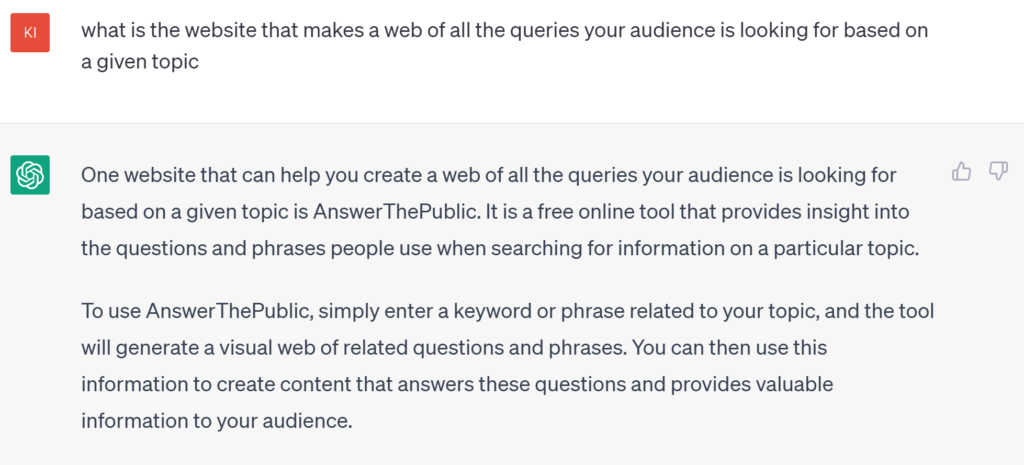#ETMOOC2 – Introductory Session


The introductory session of #ETMOOC2 was held on April 12th. If you were unable to attend, the recording has been uploaded to YouTube (see embed below) and the slides note notes are available via Google Docs HERE.
How have you been using ChatGPT or other AI?
- I have been using ChatGPT almost daily since early/mid-December of 2022. My usage has been wide-spread and includes a lot of experimentation to better understand the program: what types of results it can provide, query wording, different voice lenses, etc.
- From a practical standpoint, my most common use includes: drafting templates for generalized correspondence (letters, news bulletins, social media posts), creating schedules for upcoming trips, personalized bedtime stories for my children, and search queries
- I also regularly use AI-integration within Canva
- Magic Write for drafting text
- Text-to-image to create custom graphics
- Magic edit to fine-tune graphics
What are your thoughts about ChatGPT’s potential to disrupt education?
- AI will impact original, critical, and deep thought in a similar way that tools (new and old) such as the printed word, search engines, spellcheck impacted human thought.
- Educational programming should be reflective of the world that students live in and the reality is that AI-assisted content creation is becoming increasingly common.
- Teachers need to be willing to adapt their practices to keep up-to-date with the realities of their environment and, in the event that practices related to content acquisition or assessment would be negatively impacted by the existence of AI then it is time to reevaulate how appropriate that practice still is
What are your thoughts on the ethical concerns or security risks?
- In comparison to websites that can provide more of a “paper trail” when it comes to author, sources, recent updates, IP addresses, etc, ChatGPT is pulling from a dataset that we don’t have access to. This makes it much more difficult for users to validate information and provide references in a manner that can be revisited by other stakeholders (group members, teachers, etc).
- Without an identifiable “author” there can be student assumption that the provided information is without bias; which is inaccurate.
- At current time, AI-generated content does not fall under the Copyright Act.
- Recommendations that I have seen online indicate that it can be helpful to get students used to the practice of including ChatGPT as an output of research communication but not as a verified source of information.
- An example using APA style may look like: (ChatGPT, personal communication, February 16, 2023)
- Schools that are able to provide ample access to devices and reliable open internet will have an advantage over those who don’t. Students with access to a personal device and their own data plans will have an advantage over those who don’t. Those who can afford to pay to access premium features will have an advantage
- As an avid user of TOSDR to help me break down the jargon to terms of service (TOS) agreements and privacy policies, I want to note that ChatGPT/Open AI has not yet been summarized on their platform. However, my review of their TOS and privacy policy brought up very similar policies compared to the widely used Google-domain.
Try a few searches in ChatGPT – let’s discuss the results
In this first example, I was preparing for a recent presentation and could not remember the name of a resource I had seen on TikTok some months ago. I tried seeing if I had saved it, I asked a colleague who I thought I might have shared it with, and then I tried several (unsuccessful) Google searches. Based on a comment from the #ETMOOC2 discussion I tried ChatGPT and it’s first answer was exactly what I was looking for!

In this second example, this was a prompt from March when I had utilized ChatGPT to draft my #MantraMonday posts in preparation for the MSLA panel discussion, The Role of ChatGPT and AI Tools in the Modern Classroom.

This last example was a fun experiment I did while showing my husband, a Fire Chief, how to use ChatGPT.

Resources for the Introductory Session
“Educational programming should be reflective of the world that students live in and the reality is that AI-assisted content creation is becoming increasingly common.”
This is why we must keep experimenting, thinking together, and work on paths forward as educators. Thanks for your reflections here. I still need to watch the video from the Zoom to get up to speed.
Kevin